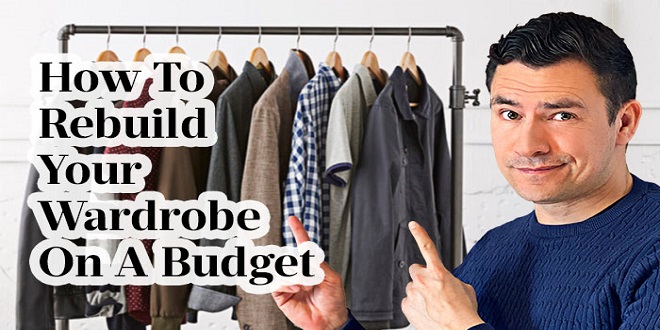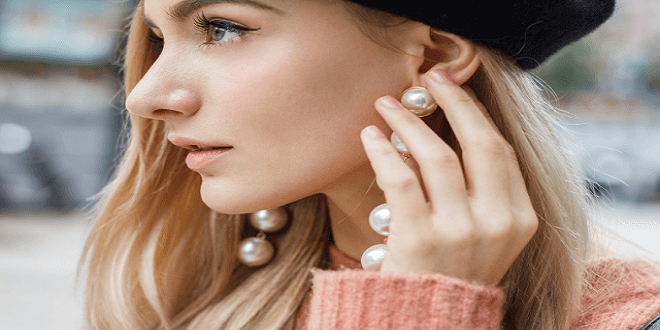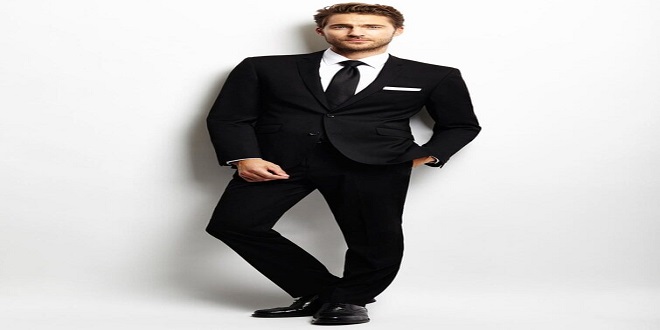Garments and Garment Details

Sketching Necklines and Collars
Necklines move above or below the base of the neck. They often follow the primary sewing lines on the torso. Collars are connected to the neckline, draped above or below the neck, set on the shoulders, or spread across the chest. To dress the neck, draw and design necklines and collars, utilize the sewing lines on the torso as a guide. Collars sewed above the base of the neck usually follow the cylindrical form of the neck, reflecting the bottom of the neck’s contour. Collars below the base of the neck typically follow the shoulder line angles. Notched collars are full of design variety in their widths, cuts, and closure details. As shown here, most are based on a V-neckline, with a single- or double-breasted closure.
Sketching Sleeves
Without Sleeves
- The armhole lines follow the curve of the center front.
- Arm on the fur side is behind the chest. The arm on the near side is in front of the chest.
- Matching armhole curves. Cap Sleeve
- Lines across the chest will help you with the sleeve details.
- Measure the depth of a cap sleeve, matching up the sleeves on both sides.
- The angle on a cap sleeve is open. You can see up into it.
- The contour of the armhole follows the contour direction of the center front.
- A puff sleeve has volume. Get the outline to stand up, away from the arm.
- The puff sleeve has gathers emanating from the armhole, the elastic casing, or both.
Sketching Blouses and Dresses
Illustrated on this spread is one of many approaches to dressing the figure in a blouse or a dress. It begins at the base of the neck, includes the waist, moving down to the hemline. It doesn’t matter which side you start first (left or right) as long as you complete one definition area before going on to the next. You can use the natural contours of the chest to get the blouse or dress to drape over the form if the fabric has any cling factors.
Sketching Flares and Gathers
The flared or gathered skirt folds and moved on the body in a random, free-form way in direct opposition to a pleated skirt, which has an organized, exact style. To emphasize the movement of a flared skirt, draw each fold a different size from the next one. Likewise, the folds of a dress on the figure should follow the flow of the pose. Notice the widest fold comes off the high hip. The minor fold comes from the center, and a third midsize fold rests on the low hip side.
Sketching Pleats
Sketching Pleats These pages demonstrate how to plan for drawing pleats. Each line on a pleated skirt usually matches, unlike the folds in flares and gathers. Pleating is more disciplined, organized, and systematic, regardless of fabric choice. This does not include engineered pleating in, for example, broomstick, mushroom, or crystal pleats.
These three pleats break the rules, are drawn less controlled, and, like all wrinkles, can be done any size, anywhere on a garment.
Blouses, Skirts, and Dresses
Blouses
- Neckline and Shouldering Focus
- Armhole and Center Front Details
- Sleeve and Cuff Shapes and Lengths
- Hemline Cut and Shaping
Skirts
- Waistline Fit and Drape
- Hipline Shape and Volume
- Pocket or Related Side Seam Focus
- Hemline’s Relationship to Knees
Dresses
- Neckline and Shoulder line Focus
- Armhole and Sleeve Details
- Center Front or Back Closures
- Hemline Relationship to Knees
Hemline Treatments
As they drape over the foot, drawing hemlines usually includes sketching the shoe.
Drawing Pants
Here are some drawing issues that distract from your design silhouette focus:
- Drawing knees too high up on the thigh can interfere with pocket shapes.
- Drawing knees too low on the leg can throw off your figure proportions.
- Knees drawn centered on the leg are never a problem with garment detailing.
Summary
The media mix for this design is gouache, pencil, and acrylic or Pro-White (brighter than gouache whites) on a single sheet of faux wood grain paper (parchment paper is an alternative GUEST ARTIST: CARMEN CHEN WU choice). Her creative figure art emphasizes design silhouette and construction detail. Flats of her tops are drawn on vellum paper and pinned to pivot on their page. Visit Naa Songs to find out more information



